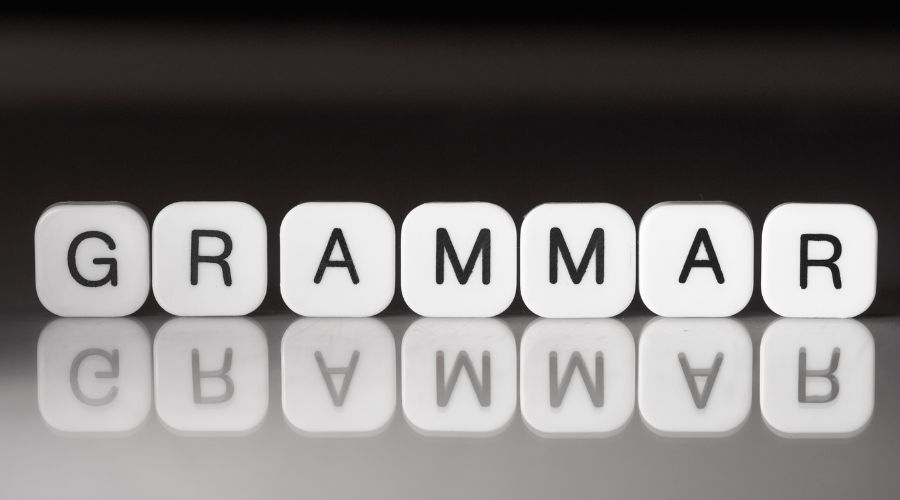For those whose first language is English, it’s clear that learning Spanish and French are two of the most popular second languages; both are well-liked options for learning. While these two Romance languages share many characteristics, they also differ significantly. This blog will explain the similarities and differences between Spanish and French, whether you’re choosing which language to study or you’re just interested in knowing how they stack up.
Here, you know, which one is the easiest language to learn:
1. Global presence

Learning Spanish can open up access to many cultural learning opportunities in and around Spain, Latin America, and the US. With approx. 20 countries’ first language, it is of great help to travelers and business people.
29 nations that use the French language as their official language. Around 310 million people use the French language. The European Union and the United Nations, the worldwide organization, have it as one of their official working languages.
2. Grammar

Spanish: The grammar is much simpler in Spanish as compared to that of French. Its consistent system of norms and English-like sentence structures make it easier for a learner to adapt to it faster. Although Spanish has regular, irregular, and reflexive verb conjugations, which can make the language almost confusing when working out with verb conjugations, if you understand the patterns, then it becomes easy to recognize them.
French grammar can be the least natural and most complex of the three languages. Most importantly, the language defies multiple grammatical norms, and, similar to Spanish, nouns have a gender system, meaning they are either masculine or feminine. However, like all things in French, verb conjugations, as well as agreement requirements, seem less predictable.
3. Vocabulary

Spanish: Many Spanish words are simple because they sound so much like English. This is partly because, like English, Spanish employs many Latin roots. For a beginner, words like “familia” (family) and “nación” (country) come readily to mind. Much of the Spanish vocabulary is phonetic, so you can often guess how something is spelled just by hearing it.
French Like English, French consists of a vast amount of near-synonyms in the vocabulary that resemble each other but convey different meanings. For example, the French word “actuellement” means “currently.”. English speakers can still learn the French language, although, in particular situations, it will require more focus.
4. Which is the Easier Language?

This is one question that has no universally applicable answer. Just because the vocabulary of Spanish sounds similar to English, the pronunciations are straightforward, and the grammatical rules are always regular, Spanish becomes the easier of the two languages. On the other hand, if you are interested in French culture, then the problem of pronunciation and grammar could be worth it with your ability to communicate with someone who belongs to a multicultural speech community.
Conclusion:
Both languages present special chances and ideas in various regions of the planet. Regardless of the path you take, it will surely be rewarding and full of learning. Choosing between French and Spanish will not only help you learn a language; it will also open doors to new ideas, relationships around the world, and an overall better quality of life. For more updates, visit www.Gurucent.com
FAQs:
Q1. Which language, French or Spanish, is easiest to learn?
Spanish’s consistent grammar rules and easy pronunciation make it typically thought of as being easier.
Q2. Which language is used by more people?
Whereas French is spoken in Europe, Africa, and Canada, Spanish is spoken more widely around the world, especially in Latin America and the United States.
Q3. Is mastering one useful for mastering the other?
Indeed, studying one language can facilitate learning the other later on because they both have Latin roots.





